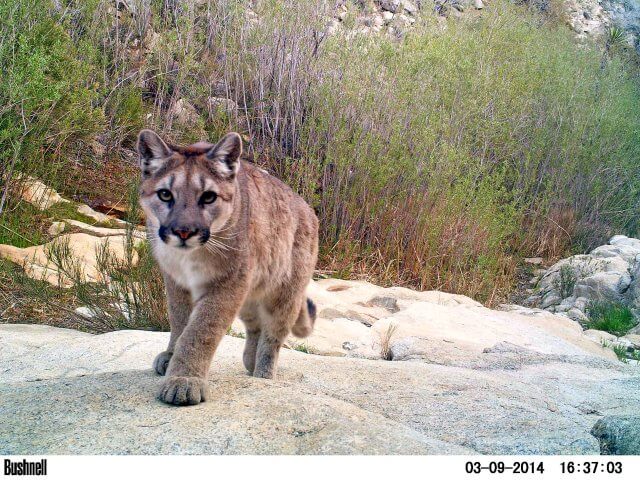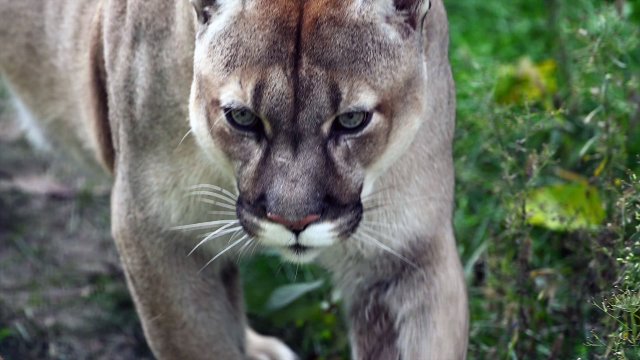What Are the Conservation Challenges Mountain Lions Facing
Challenges Mountain Lions Facing
Mountain lions, also known as cougars or pumas, are majestic creatures that inhabit various regions across North and South America. These solitary and elusive big cats play a crucial role in maintaining the balance of ecosystems they inhabit. However, mountain lions face numerous conservation challenges that threaten their survival. In this article, we will explore the key challenges facing mountain lions and the efforts being made to protect these magnificent animals.
Habitat Loss and Fragmentation
One of the most significant challenges facing mountain lions is habitat loss and fragmentation. As human populations expand and urban areas encroach upon natural habitats, mountain lions are losing their homes. Deforestation, agriculture, and urban development result in the destruction of critical habitats, leaving mountain lions with limited space to roam and find prey.
Example: In California, where mountain lions are a symbol of the state’s wilderness, habitat loss due to urbanization has become a pressing issue. The Santa Monica Mountains, which once provided a vast territory for mountain lions, have been fragmented by highways and urban development. This fragmentation isolates populations, leading to inbreeding and reduced genetic diversity.
Challenges Mountain Lions Facing: Human-Wildlife Conflict
Mountain lions are highly adaptable animals, capable of surviving in various habitats. However, as human activities continue to encroach upon their territories, conflicts between humans and mountain lions become more frequent. These conflicts often arise due to competition for resources or perceived threats to human safety and livestock.
Example: In Colorado, where the human population is rapidly increasing, incidents of human-mountain lion conflicts have been on the rise. As more people move into mountain lion habitats, encounters between humans and these big cats become more common. This has led to an increase in mountain lion mortalities due to human-caused factors, such as vehicle collisions and intentional killings.
Poaching and Illegal Wildlife Trade
Poaching and illegal wildlife trade pose a significant threat to mountain lions. Despite legal protections in many countries, there is still a demand for mountain lion parts, such as bones, teeth, and fur, in the illegal wildlife trade market. Poachers target these big cats for their body parts, which are used in traditional medicine or sold as exotic trophies.
Example: In South America, the illegal trade of mountain lion parts is a growing concern. In countries like Argentina and Chile, where mountain lions are protected by law, poaching continues to occur. The demand for their body parts, particularly in Asian markets, drives the illegal trade, putting additional pressure on already vulnerable populations.
Fragmented Populations and Genetic Diversity
Challenges Mountain Lions Facing: As habitat loss and fragmentation continue to isolate mountain lion populations, genetic diversity becomes a critical concern. Fragmented populations are more susceptible to the negative effects of inbreeding, such as reduced fertility and increased vulnerability to diseases. Maintaining healthy genetic diversity is crucial for the long-term survival and adaptability of mountain lions.
Example: In Florida, the Florida panther, a subspecies of mountain lion, faced severe genetic issues due to habitat fragmentation. By the 1990s, the population had dwindled to less than 30 individuals, leading to genetic abnormalities and reduced fertility. To address this, conservationists introduced eight female mountain lions from Texas to increase genetic diversity and save the Florida panther from extinction.
Conservation Efforts and Solutions
Despite the challenges facing mountain lions, there are several conservation efforts underway to protect these magnificent creatures and their habitats.
- Protected Areas: Establishing protected areas and wildlife corridors is crucial for preserving mountain lion habitats and allowing them to move freely between different regions.
- Public Awareness and Education: Educating the public about the importance of mountain lions and the need for their conservation can help reduce conflicts and promote coexistence.
- Collaboration and Research: Collaboration between scientists, conservation organizations, and government agencies is essential for conducting research, monitoring populations, and implementing effective conservation strategies.
- Policy and Legislation: Strengthening laws and regulations against poaching and illegal wildlife trade is crucial for curbing these activities and protecting mountain lions.
Summary
Challenges Mountain Lions Facing: Mountain lions face numerous conservation challenges, including habitat loss and fragmentation, human-wildlife conflict, poaching, and genetic issues. However, through various conservation efforts such as protected areas, public awareness, collaboration, and policy changes, there is hope for the long-term survival of these magnificent creatures. By addressing these challenges and working towards their conservation, we can ensure that future generations will continue to marvel at the beauty and importance of mountain lions in our ecosystems.
Read More About Mountain Lions From Wikipedia





